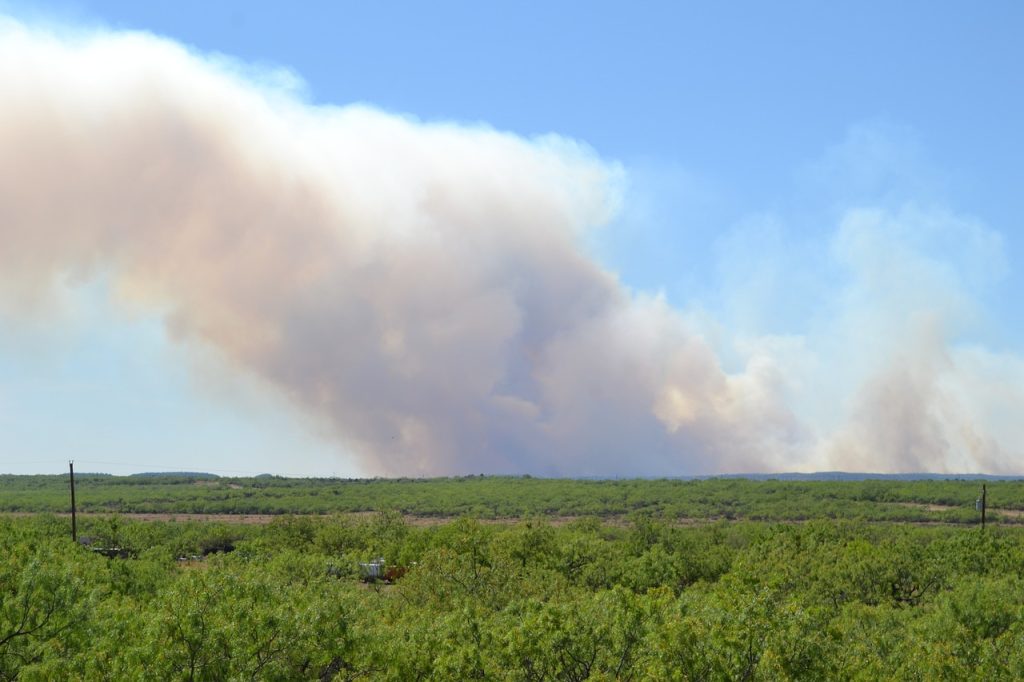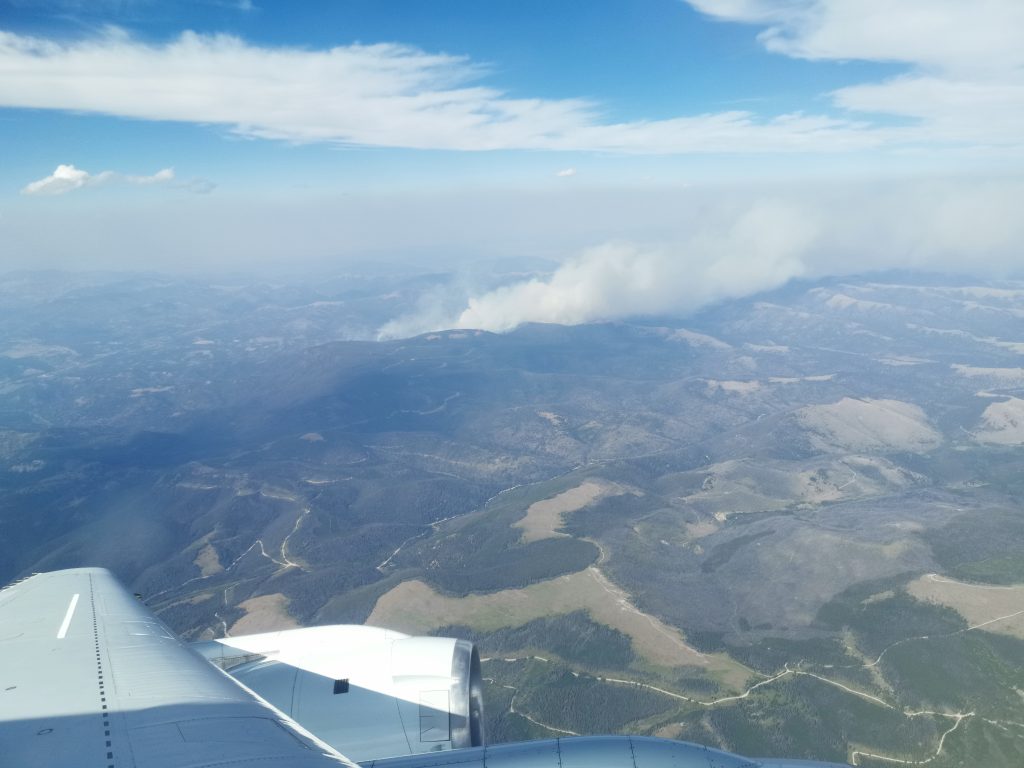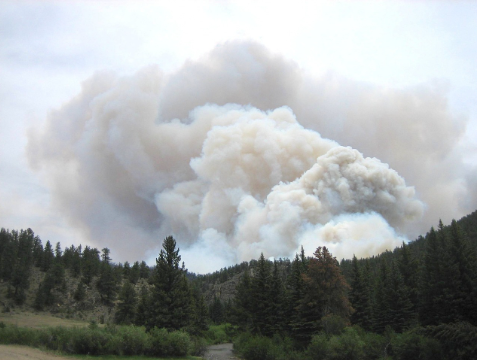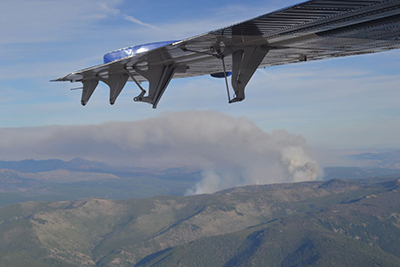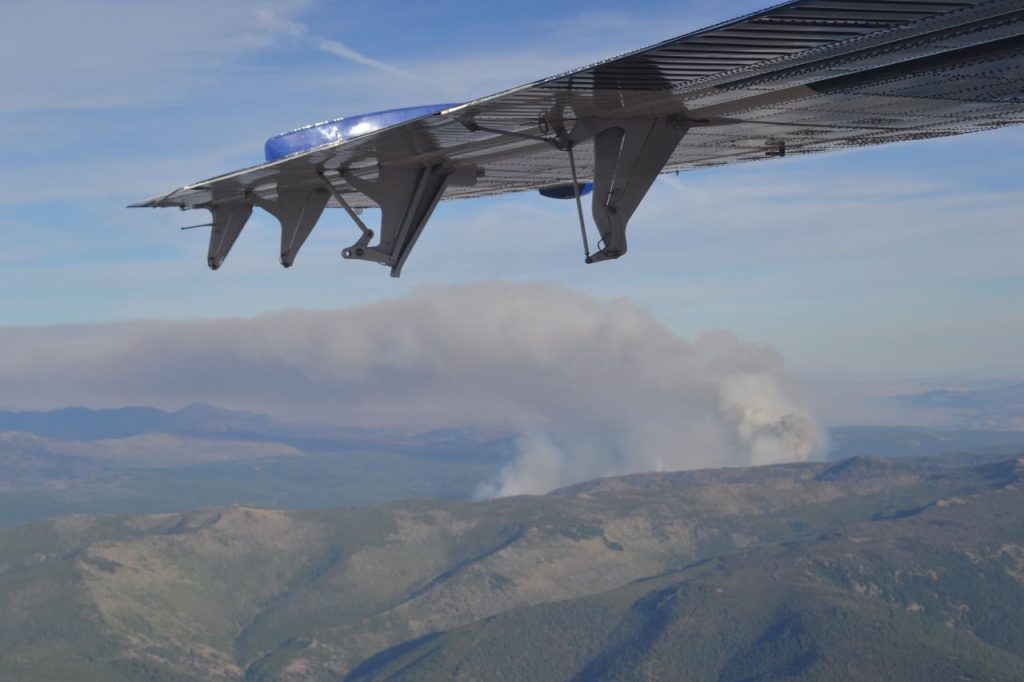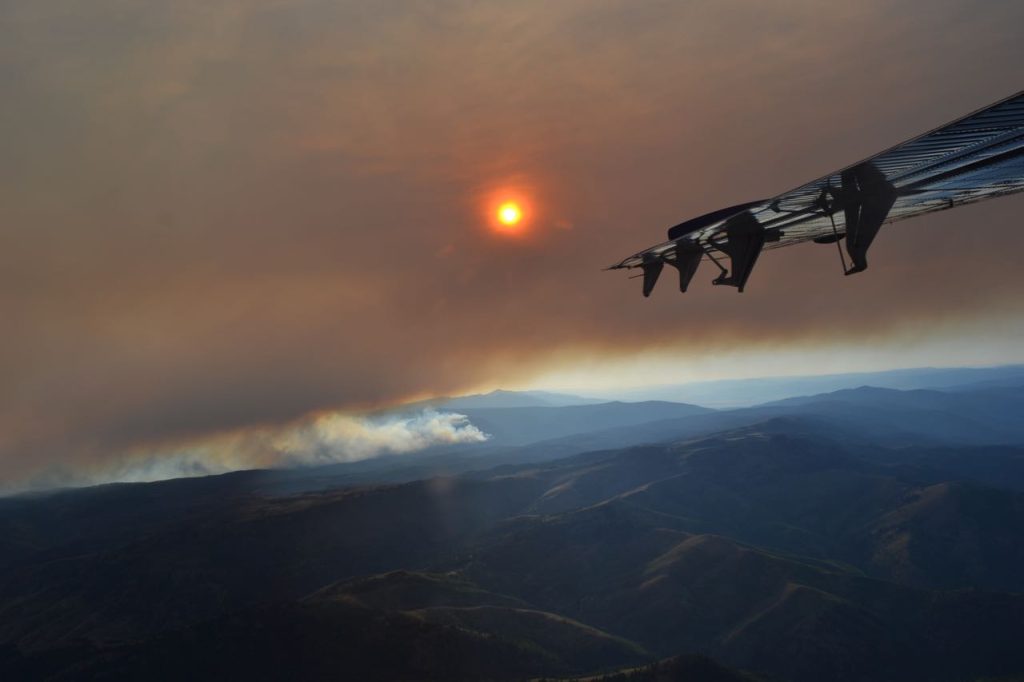FIREX-AQ Measurements Inform Better Air Pollutant Projection
AC4 supported new research that points to significant secondary pollutants originating from wildfires and prescribed fires using data obtained during the FIREX-AQ field campaign.
FIREX-AQ Measurements Inform Better Air Pollutant Projection Read More »


